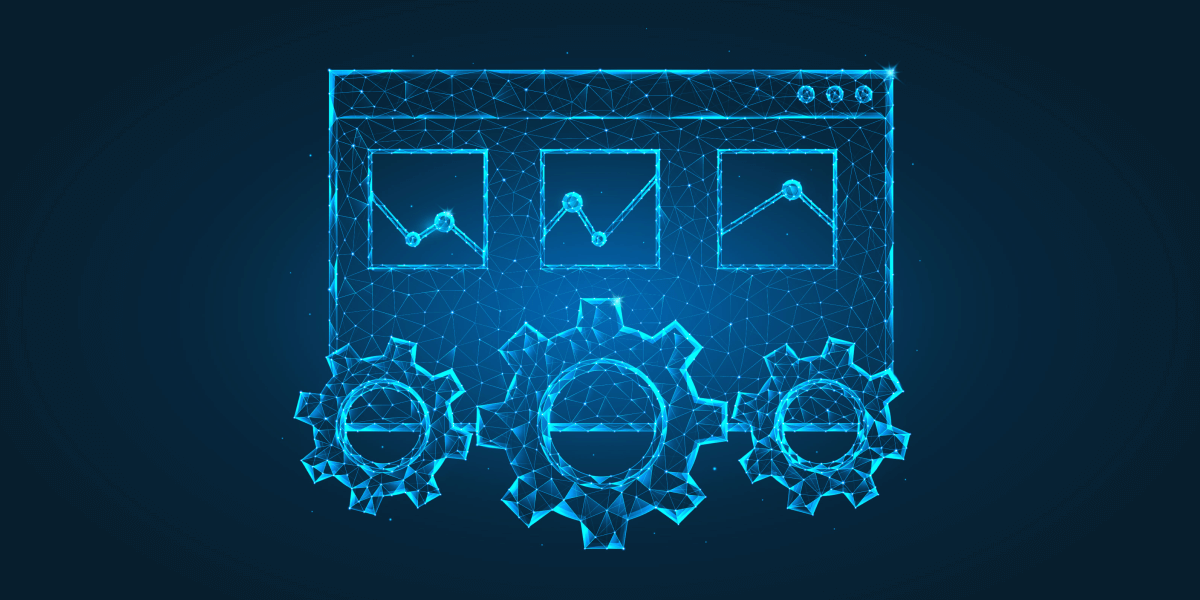IT companies now utilize IaC tools to make their infrastructure more efficient and competitive. In doing so, they reduce costs and the effort required to develop business opportunities. In this article, we’ll elaborate on IaC and name the best tools for setting it up.
What is IaC?
IaC (Infrastructure as Code) is a set of software techniques designed to fine-tune, and manage infrastructure using ready-made configuration files for performance optimization. In this case, cloud computing enables you to automate the process of setting up virtual machines and servers.
There are two types of IaC:
- Declarative IaC focuses on describing how you want your infrastructure to look.
- Imperative IaC is about parameters and operations to configure the system correctly.
IaC benefits for DevOps
You create reliable and resilient systems by automating infrastructures because, if they’re configured in the same way, you can comply with security standards more easily. Backed by this approach, developers are less likely to make errors and expose a system to cybersecurity threats.
The IaC approach ensures rapid scaling, source code management, easy documentation, and flexible testing. So, you spend less time deploying systems and get a faster return on your investment in the project.
Best IaC tools

Terraform: One of the most popular tools, Terraform is an open-source project using the declarative IaC approach to ensure compatibility with major cloud services such as Microsoft Azure, AWS, OpenStack, and Google Cloud.
This tool allows code to be reviewed before it executes to ensure that the user can check whether the new configuration matches the intended result. You can ultimately create a single infrastructure for multiple cloud services using a consistent CLI-driven workflow and define multiple environments with the same settings and manage the entire infrastructure lifecycle.
All in all, you automate more system processes and mitigate the risk of human error.

AWS CloudFormation: This is a declarative IaC tool that comes with the AWS platform and allows you to provision its resources. Just like Terraform, it manages infrastructure as code. This service uses templates written in YAML or JSON to scale and automate resources faster.
AWS CloudFormation allows for the reviewing of all changes before deployment to help you visualize the impact on resources, dependencies, and services.
This tool uses rollback triggers – they roll back operations to ensure controlled deployment and system resilience if errors occur.

Pulumi: An all-in-one multi-cloud platform that allows you to manage databases, serverless computing, serverless containers, virtual machines, and networking. You can use general-purpose languages, such as Python, JavaScript, Go, C#, or TypeScript, to set up the system using Pulumi. This means existing modules can be retained instead of having to create new ones.
This tool supports most major cloud providers such as AWS, GCP, and Azure.

Ansible: A flexible and easy-to-use tool for setting up infrastructure faster. Ansible uses playbooks in YAML format to configure the system. Developers can independently pass the desired final state of the system to these playbooks.
This tool makes development easier and helps automate the majority of both complex and routine tasks. This way, you save time when setting up multiple servers and installing packages.

Chef: Ranks among the most popular tools in the industry and follows the procedural IaC approach. This tool uses a Ruby-based domain-specific language to describe the settings and creates so-called cookbooks and recipes which show how to achieve the desired state for configuration items on the servers.
Chef is perfect for automating infrastructure deployment processes in any environment. Companies also use this tool for continuous integration and delivery in DevOps teams.

Puppet: This is an open-source tool for managing system configurations and deploying infrastructure quickly and securely. This tool has a lot in common with Chef but follows the declarative IaC approach. In this case, the user decides what the final system configurations will look like, and Puppet decides how it can be achieved.
Like Chef, it’s compatible with major cloud services such as Azure Cloud, AWS, GCP, and VMware.
The Forge developer community regularly updates and improves this tool.

SaltStack: Another Python-based open-source configuration management tool supporting both procedural and declarative IaC approaches. SaltStack automates the infrastructure, network, and security processes. It’s a decent solution for preparing, configuring, and deploying systems on any platform.
If necessary, this tool detects problems with event triggers and rolls back relevant operations. It also supports SSH in agentless mode.

Vagrant: A declarative IaC tool and high-performance solution to make your development environment easier to use. It aims to create computing environments with a limited number of virtual machines. Its declarative configuration files allow you to create unified workflows.
With Vagrant, you can coordinate system state across environments and enjoy integration with other configuration management tools such as SaltStack, Chef, Puppet, etc.
There are many benefits to using IaC, but switching to the required software may be challenging for companies if they already have systems in place.
Shalb is a DevOps development company providing consulting services for cloud cost optimization. Its experts have vast experience and would be delighted to help your company complete any task—whether it be setting up IaC, cloud architecture design, or an IT infrastructure audit.


